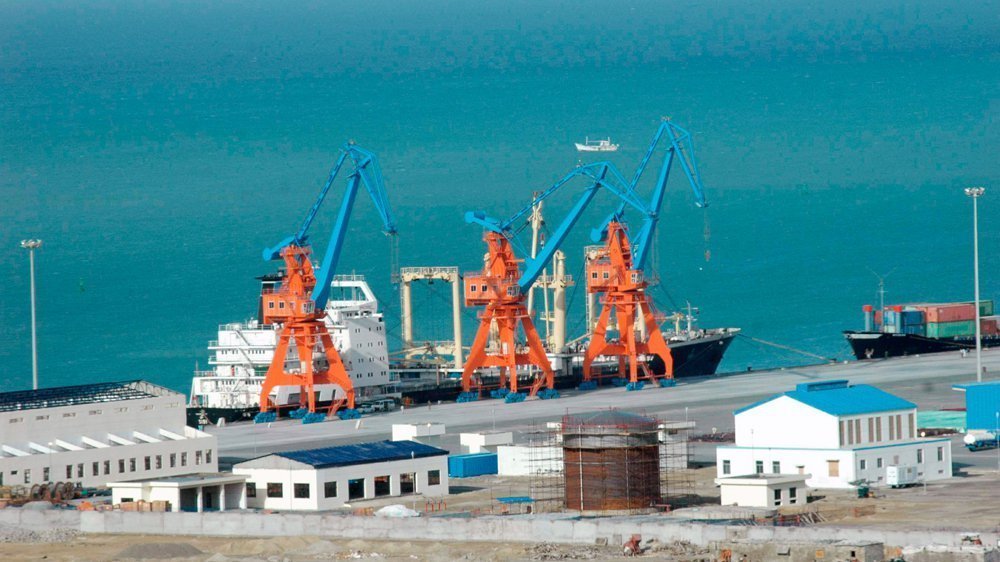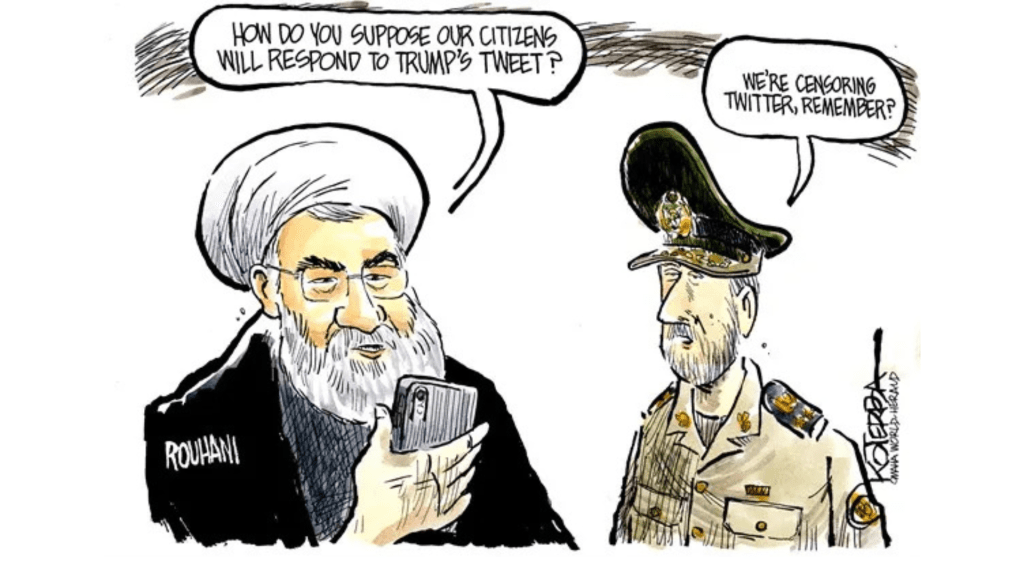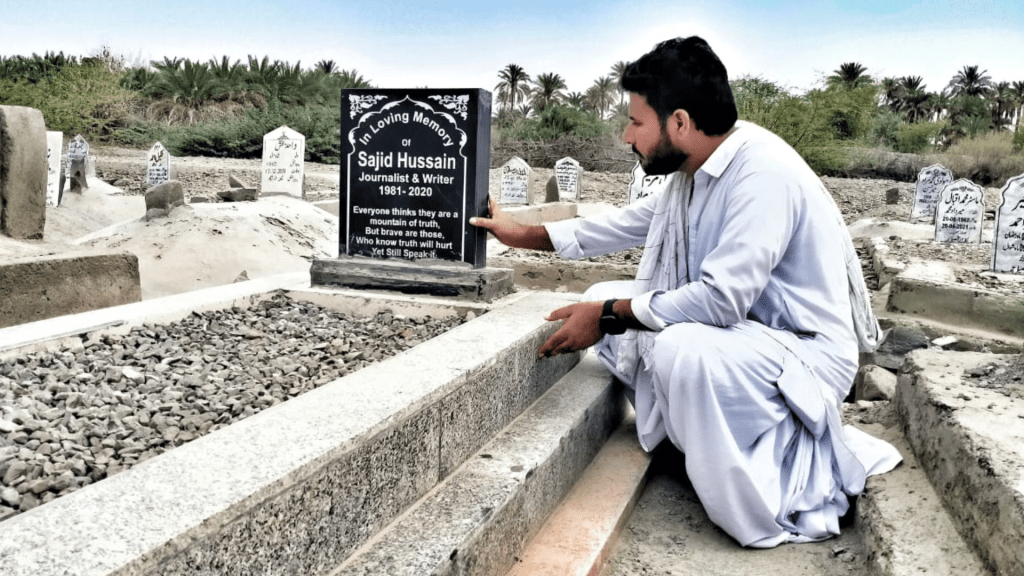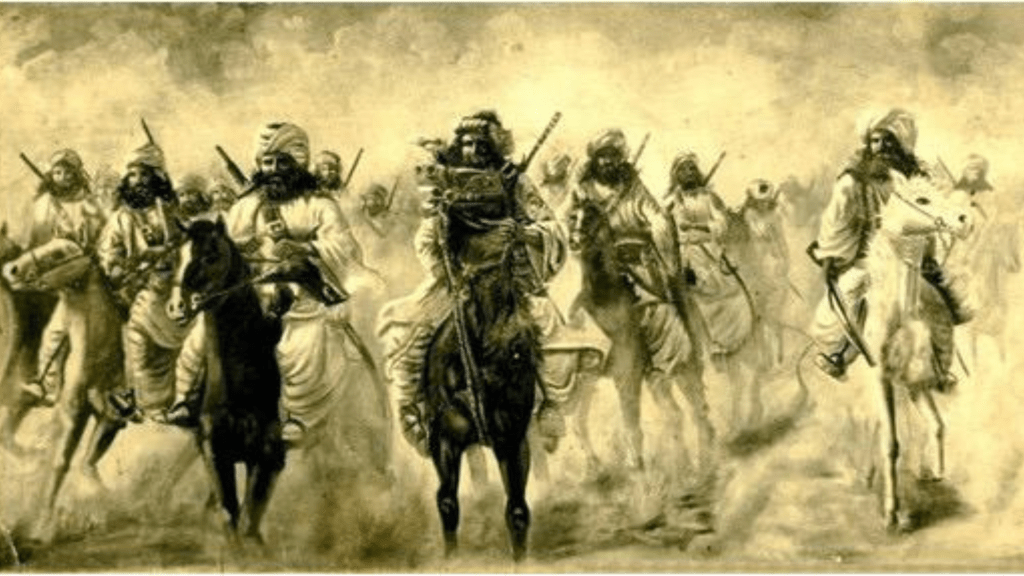The China-Pakistan Economic Corridor (CPEC), a project of USD 60 billion, is being dubbed as a game changer for the economic development of Pakistan. In political rhetoric, both in the higher-ups of civil and military establishment, the project is being portrayed and boasted as a source of prosperity for the struggling Pakistani economy in general and specifically it will be presumably a panacea to alleviate the sense of deprivation for the last 70 years in the province of Balochistan and will bring about a real change in the life of the people of Balochistan.
This article is an attempt to analyze the impact of the CPEC on the economic development of Balochistan in the strict meaning of economic development in a factual context brushing aside the political rhetoric.
Economic development- The definition and theory
Economic development is a relative term and it may mean different things for different people and especially in political jargon it may be defined very loosely. Once General Musharraf, former military dictator of Pakistan, thumped his chest triumphantly saying that he brought real development in the life of the people of Pakistan and now everyone is carrying a mobile phone in his pocket. He said the poorest of the poor has a mobile now and this is called real development. In order to avoid these misconceptions, it is therefore necessary to define development in a core economic development perspective.
Even in strict economic sense, the definition of development varies from various schools of thoughts in economics. In traditional economic terms[1], development is defined as follows:
“Achieving sustained rate of growth of income per capita to enable a nation to expand its output at a rate faster than the growth rates of its population.”
This traditional version and narrow definition of economic development is picked up in political rhetoric in Pakistan that the CPEC, with USD 60 billion investments from China on infrastructure of roads and energy projects, will bring about real economic development in terms of output growth and per capita income.
The presumption of traditional theory of economic development is that with huge investment in mega projects, the economic growth can be achieved and it will trickle down benefits to the life of people in terms of new employment and other opportunities. This traditional economic development theory stems from the post-world war period in Europe when the entire focus was on rapid industrialization.
Industrialization and mega projects by government did increase the economic expansions but grossly ignored the allocation or distribution part of income or economic benefits and resulted in huge economic disparity within the same period. For example, the Pakistan economy has seen rapid growth rates during 60s but at the same time, only 20% of the population controlled around 80% of the industry or wealth.
Even, on the onset of the CPEC project one can realize that only a few people, political elite and security agencies in Gwadar, are poised to take the maximum benefit from the project starting from land grabbing and securing contracts whereas the masses or common men are being lured to sell their land otherwise someone may fraudulently arrogate it.
Another major flaw in blindly following the policy of output expansion and mega projects may lead to the creation of market bubbles fueled by speculation and the phenomenon of money laundering. The current hike in real estate prices in and around the Gwadar district shows how speculators and money launderers are in action.
Gwadar experienced this real estate market bubble during 2003-2005 when the construction of the China deep sea port started. A market bubble is a situation where the market fundamentals of supply and demand are not operational and trades in such a market become a zero-sum game with one trader’s profit being the loss of another market participant.
This episode of deep sea port development and housing market bubble during 2003-2005 had absolutely no positive impact on the life of the masses in terms of job and other economic benefits. The CPEC is a sequel of the same game in 2016-17 when the prices of real estate are skyrocketing but no change in real economic activity is visible on the ground.
The world has already realised that the standard of living of the masses do not change only by following the expansion policy of mega projects. The income inequality, unemployment and increasing poverty level led the development economists to review this narrow definition of economic development in terms of output growth being as a means rather the end of true economic development. Development economists have defined the term ‘economic development’ as any economic growth which leads to uplifting the standards of living of the masses. In more comprehensive terms, the Economic Development[2] ensures and enhances the following three core values in a society in particular and a country in general:
- Substance: The ability to meet the basic needs of food, shelter, health and protection.
- Self-esteem: A sense of worth and self-respect (This may be called identity, dignity, respect and honor).
- Human freedom: Increase in human choices including the freedom of expression and political participation, the rule of law and equality of opportunity.
Therefore any economic activity must be carried out with the objective of increasing and widening the distribution of basic life substances, raising the standards of living of the masses with more employment, better education, more importance to cultural and human values for greater self-esteem and lastly increasing the economic and social choices in the society.
These values are now internationally adopted by the UN and other development institutions and in 2000 the UN passed a joint resolution to meet certain Millennium Development Goals focusing of the above mentioned core values to eradicate poverty and achieve true human development.
Now keeping this broad definition of economic development in mind, one may analyze and assess in terms of the CPEC bringing about any real economic development rather than echoing investment figures and growth targets in political rhetoric and media promotions.
Current state analysis:
The table below shows some of the economic and social parameters to review level of economic growth in Pakistan as compared to Norway, one of the most developed nations of the world, and relative status of Balochistan compared to overall Pakistan and Punjab province.
| 2014-15 | Norway | Pakistan | Punjab | Balochistan |
| Growth Indicators | ||||
| GDP ( $ Billion)[3] | 386 | 271 | 162 | 8.6 |
| Population (Million) | 5 | 189 | 110 | 9.3 |
| Income per Capita ($)[4] | 93,530 | 1,440 | 1472 | 925 |
| Annual Growth Rate
(1999-2015) |
-4% | 4.4% | 4.1% | 2.5% |
| Socio & Economic Development Indicators | ||||
| Multidimensional Poverty Index[5]
(% of Population) |
0% | 19.7% | 15.1% | 39.4% |
| Child Mortality[6] Under 5
(Per 1000 live Birth) |
2.6 | 89 | 103 | 112 |
| Maternal Mortality Rate
(Per 100,000 live birth) |
5 | 178 | 189[7] | 785[8] |
| Primary Education
(Primary NER) |
99.78 | 67 | 70 | 56 |
| Immunization | 95% | 54% | 65% | 16% |
| Life expectancy (years) | 82 | 66 | ||
| Human Development Index[9] | 0.95 | 0.55 | 0.71 | 0.49 |
If one compare the purely growth indicators like GDP and GDP growth rate and per capita income, Balochistan, although it’s still the most backward area of Pakistan it is not really falling behind the status of overall economic indicators, for example, the per capital income. Therefore, if we follow the traditional definition of economic growth and compare growth indicators, Balochistan’s economic condition is not that bad, as the per capital income of 925 dollars per year as compared to 1,440 dollar average in Pakistan is not that alarming. However, if we analyze the real economic and social indicators as per core economic development, it’s really appalling in every front.
Look at the maternal mortality rate in Balochistan (785 deaths in every 100,000 live births) as compared to 189 in overall Pakistan). It is really shocking. The maternal mortality rate in Balochistan is one of the highest in the world. Other socio-economic indicators listed in the table above also show a very gloomy picture, for example, MPI, which is an indicator of poverty, is 39.4% in Balochistan as compared to 19.7% in Pakistan and only 15% in Punjab.
This comparative analysis substantiates our point that even with mega project like CPEC, the economic activities in the region may increase but unless investments is made to enhance the standards of living of the masses, the real economic growth is not possible.
CPEC – In the mirror of core economic development values
Below is a comprehensive review of the CPEC in terms of the core values which should be ensured to bring about real change and economic development in the life of the masses:
Substance: Will the CPEC bring out economic opportunities enhancing local people’s ability to meet the basic needs of food, shelter, health and protection?
The answer is a big no. Around 80% of the local people are either fishermen or engaged in the business of trading fish products. The Gwadar deep sea port which was built in 2004-05 and is now further being enhanced in capacity to accommodate the trading traffic of the CPEC will definitely create economic activities and employment opportunities but only for the skilled labor for port handling and management, trade and forwarding agencies and warehousing and storage facilities in the first phase.
As the local people are not skilled and technically not ready vis a vis the requirements of the project, there will definitely be an influx of population from other areas. In fact the process has already started and the sale and purchase of land around a radius of 70 km of the city shows that the ground for the influx of foreign workers is set. The area which is on sale is sufficient to accommodate around 4 to 5 million people.
No measure has been taken to integrate the local people in this process rather development of the port and roads is gradually depleting the fish catching areas for the local fishermen. The traditional fishing boats, small wooden boats called “Yaddar”, and age-old fishing techniques are good for fishing only in local areas rather than deep sea fishing.
With the development of deep sea port, a major catchment area of these small boats has already gone. The environmental impact of the port has already made certain species of fish extinct in the area.
On top of it, protection walls have been erected on both sides of the city (Deemi zir and Padi Zir) in order to protect the city from tidal erosion, a direct repercussion of an inappropriate design of the port itself, during summer. The beautiful beaches, now destroyed by the protection walls, were not only used to be a safe docking space for the small boats but they were the center of all cultural activities of fisher folks.
No alternative docking area has been allocated for the local fishermen leading to the loss and destruction of these boats during high tide season and in case of any storm surge. On the other hand, the deep sea trawling, which is being illegally carried out, and has depleted the local fish catch is now being legalised as the Pakistani government is planning to issue deep sea fishing licence to Chinese deep sea trawlers. These trawlers not only destroy the sea bed but also disrupt the ecosystem of sea leading to extinction of many fish and shrimp species which are the life blood for these local fishermen.
Although, two projects, a vocation training center and a hospital are planned as part of the development of the Gwadar port, none of these two are operational yet. The local fishermen are barred from fishing near the port due to security reasons and fishermen are harassed by security agencies on a regular basis.
The actual master plan for the city is still mysterious and rumors are making rounds that the entire population of local fishermen will be shifted somewhere else. However, the local population cannot sustain their life in a place where they won’t be able to carry out their livelihood as fishermen. They are not skilled enough to be part of economic activities of the new port. This is a recipe for forced economic migration whether it is outlined in the master plan or not.
Self-esteem and human freedom: Will the CPEC Increase the human choices including the freedom of expression and political participation, the rule of law and equality of opportunity for the local people?
Again the answer is a big no. As mentioned earlier, one of the core values or parameters of real economic development is that the masses are involved in making decisions on the utilization of resources. None of the mega projects in Balochistan, let alone the CPEC, is being carried out with the consent of even the so-called provincial government of Balochistan.
The Reko dekh Copper and Gold project presents a classical case showing how one of the largest mineral resources projects in the world, with an estimated reserve of USD 500 billion, around 10 times larger than the CPEC, was mishandled leading to legal disputes with the local people being kept in the dark.
The Chagai Hills Exploration Joint Venture Agreement (Chejva) was signed by the Balochistan Development Authority (BDA) and BHP Minerals (USA) on July 29, 1993. The signing of the agreement was facilitated by a care-taker government spearheaded by the governor of Balochistan (the governor was nominated by the Pakistan Army).
The BDA was not legally authorized to sign any such agreement for a project involving the largest copper and gold reserves in the world. For a similar project, the Saindak Copper Project, a mining lease agreement was awarded by the federal government of Pakistan, without any participation of the so-called government of Balochistan, to a Chinese firm, Metallurgical Corporation of China (MCC), in 2001, giving a meager share of only 2% of royalty to Balochistan.
As compared to other two major projects of Saindak and Reko Dekh, the investment amount of the Gwadar port (USD 15 billion), which was again conceived by a military dictator General Musharraf without any participation from the local and provincial governments of Balochistan, is being portrayed as a game changer for the people of Balochistan.
The history of Rekho Diq and Saindak mega projects contradicts any claims boasting the CPEC as a source of well-being and prosperity for Balochistan.
In short, where every now and then the local fishermen get a beating and come into firing range[10] of the Pakistan navy, the enhancement of self-esteem, political participation, the rule of law and equality of opportunity for the local people become a big joke.
[1] Economic Development, Michael P. Todaro, Stephen Smith, 11th Edition
[2] Economic Development, Michael P. Todaro, Stephen Smith, 11th Edition
[3] Growth of Provision Economies-Dr Hafeez Pasha http://ipr.org.pk/wp-content/uploads/2016/04/GROWTH-OF-PROVINCIAL-ECONOMICS-.pdf
[4] http://data.worldbank.org/?locations=PK-NO
[5] http://www.pk.undp.org/content/pakistan/en/home/library/hiv_aids/Multidimensional-Poverty-in-Pakistan.html
[6] https://www.unicef.org/pakistan/Decrease_Child_Death.pdf
[7] http://evidenceproject.popcouncil.org/wp-content/uploads/2015/11/Reducing-Maternal-and-Child-Mortality-in-Punjab_Policy-Brief.pdf
[8] https://www.dawn.com/news/1139853
[9] http://hdr.undp.org/en/countries/profiles/PAK
[10] https://www.dawn.com/news/1338151
Ahmed Kulmeer is a Canada-based risk manager in the banking sector. He hails from Gwadar.



